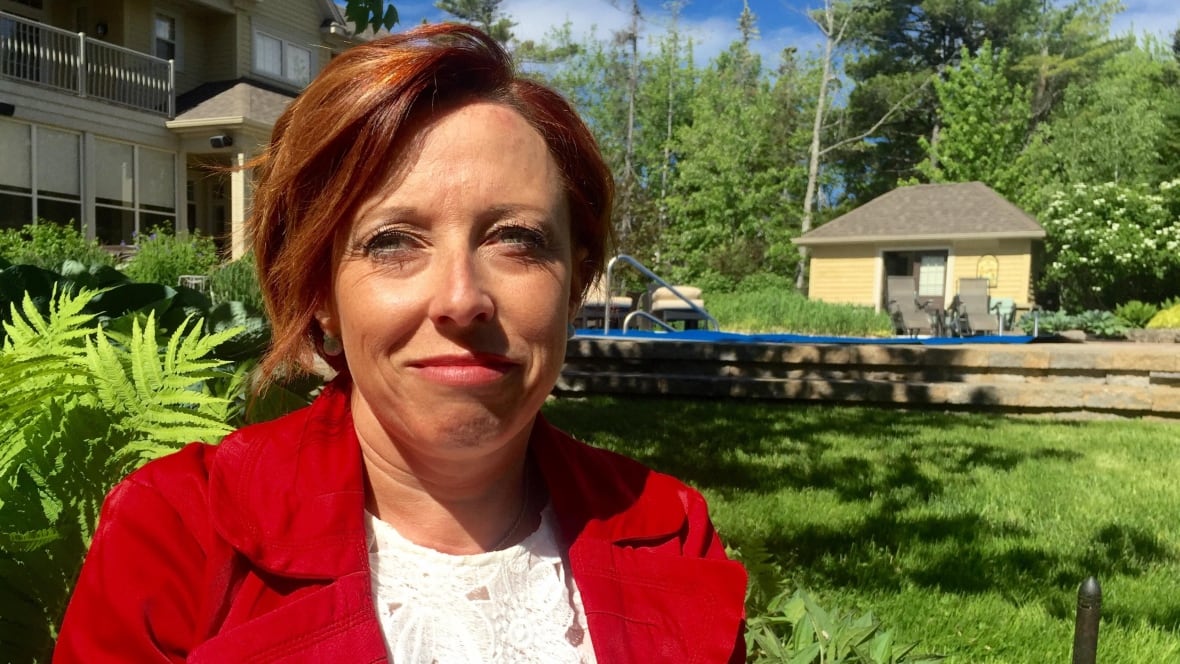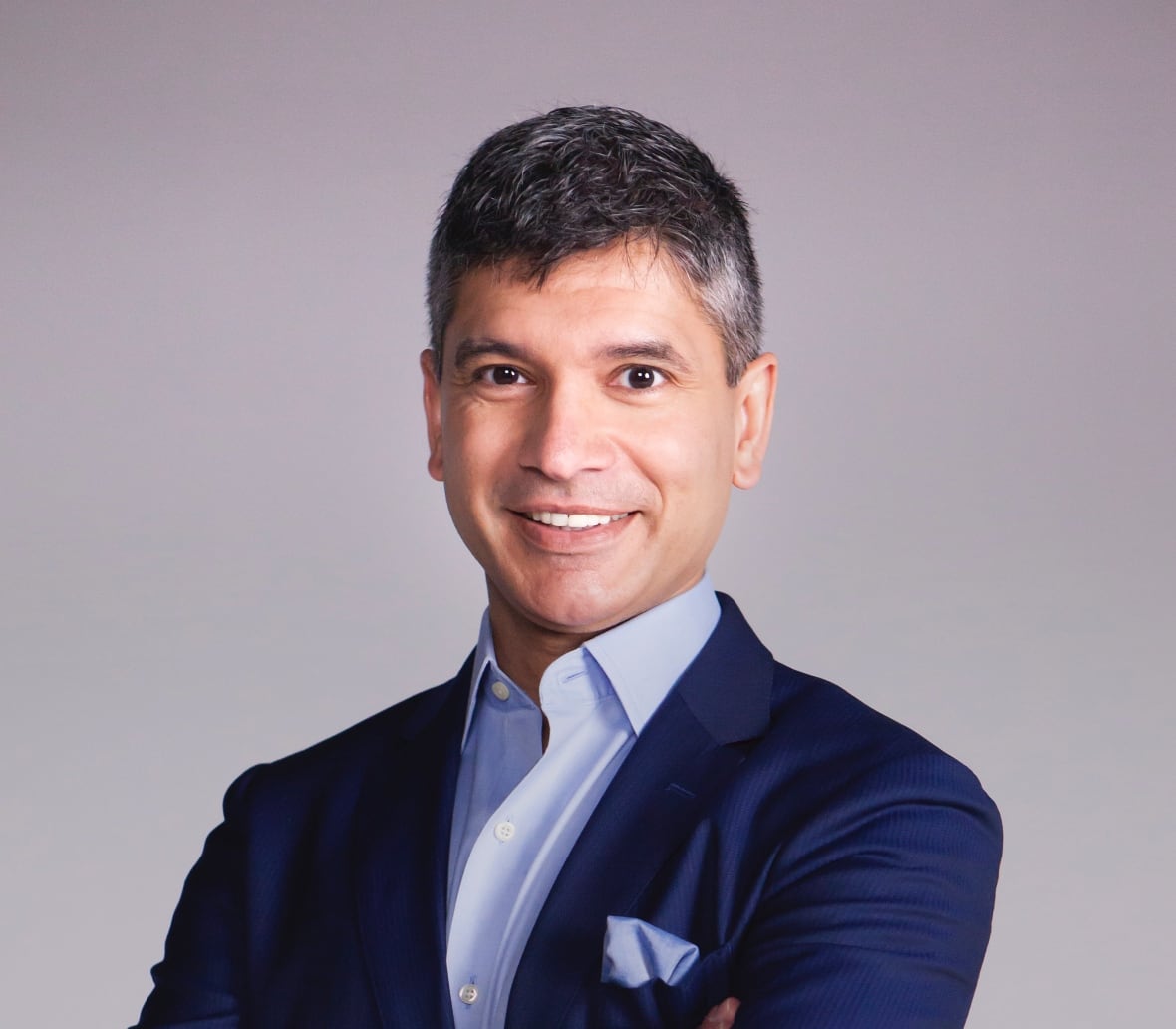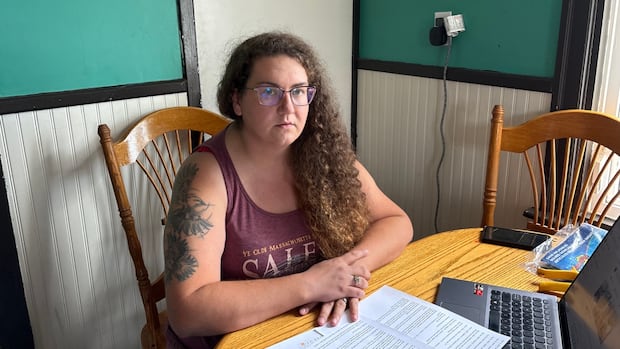When Rosanna Gallant, 32, was diagnosed with polycystic ovary syndrome in April, she sighed with relief.
Polycystic ovary syndrome, known widely by its acronym PCOS, is a common endocrine disorder that affects between six and 20 per cent of people with a uterus.
It causes infertility, irregular menstrual bleeding, ovarian cysts, excessive facial hair and mental health issues.
When Gallant received her diagnosis, it was the result of years of fighting to be heard.
“You have to stand up for yourself, you have to advocate,” she said.
Now, four months after her diagnosis, she says she’s been left waiting again: this time, for support from her family doctor about how to manage her symptoms.
Gallant’s experience comes as no surprise to experts in the medical field who are calling for improvements to women’s health care, particularly when it comes to physician training, followup care and wait times.
The journey to a diagnosis
Gallant first heard about PCOS at a young age because her mother also had it. Gallant began to suspect she had it too, as early as Grade 8.
“The facial hair was coming in, as soon as my period started they were never consistent,” she said.
As a teenager, she went to the doctor to discuss her symptoms and they prescribed her birth control to help regulate her periods.
“That was the end of the questioning,” she said.
Rosanna Gallant waited 11 years for her polycystic ovary syndrome diagnosis. Now, she’s waiting again — this time for followup care.
When Gallant was in college, she was still without a diagnosis.
Her doctor told her she needed to have a Pap test, a procedure that screens for cervical cancer. Later, the same doctor told her that she would need an ultrasound because Pap tests don’t test for PCOS.
The ultrasound showed no cysts and Gallant was told that she did not have PCOS.
Gallant said it wasn’t until years later that she began to ask questions again, as her symptoms took a greater toll.
“I met my now husband and we were trying to conceive. It wasn’t working, so we went back to try to get a gynecologist,” she said.
Gallant was on a six-month waiting list, but eventually got in to see a specialist, and was diagnosed with PCOS. The gynecologist told her she didn’t need to have a cyst to have the disorder.
Then Gallant got into a major car accident, and decided to put a pause on trying to get pregnant. Three years later, Gallant asked her family doctor for advice on getting pregnant with PCOS, but her doctor had no record of the diagnosis.
“I had to do the whole referral again, which took about a year,” Gallant said.
She went to another gynecologist and brought a list of her symptoms, photos and a timeline of events.
Gallant is now 32 and received the diagnosis about four months ago.
“I knew I had it. I just felt like I wasn’t believed,” she said.
She thought after receiving the second diagnosis, things would get easier. But that’s not the case.
Followup care a challenge for women
“When you go to the doctor … you feel rushed,” Gallant said. The doctors are “not getting down to the root causes and listening — what are the symptoms — and trying to understand those symptoms.”
Gallant isn’t alone.
An Alberta study published in the medical journal BMC Women’s Health found nearly half of people diagnosed with PCOS don’t receive followup care.
“I don’t know if it’s just a lack of knowledge,” said Dr. Karen Desrosiers, “or if they just don’t feel comfortable.”
Desrosiers is a private practice gynecologist, but previously worked in public health care in New Brunswick for over a decade.
Growing demand for gynecological care

In 2020, after experiencing burnout and depression, Desrosiers left the public health-care system and started working at Reconnect Health Centre and Physiotherapy in Moncton.
But once again, she’s finding it difficult to keep up with the demand.
Her waitlist is six to eight months long and includes women from across the Maritimes.
“The demand’s coming from everywhere,” she said.
When asked why more women are willing to pay for care, Desrosiers said that the wait times to see a gynecologist in the public system can be up to three years long.
“I have patients who went to public care and they still come to see me and pay, because they’ve been diagnosed, for example with PCOS … and had no information,” she said.
Women’s health conditions often dismissed
Dr. Sony Singh, a medical professor at the University of Ottawa, says women’s health concerns are often not taken seriously because their health conditions are largely left out of medical training.
“We have just not spent that time understanding these conditions,” Singh said, in part because society isn’t “comfortable” with talking about gynecological issues.

The University of Alberta published a study in 2022 finding that just eight per cent of national research funding is directed toward women’s health issues.
According to Singh, women across the country face long wait times for gynecological care, causing some to even leave the country to access it.
“There is an absolute disparity for access to care amongst women compared to their male counterparts,” said Singh. “I think there is not just a gender bias, it’s true medical sexism.”
Singh says systemic change is needed.
“To say that we need to do more research or we need to do more investigation, we don’t. We need action,” he said.
“We need to fund gynecologic centres of excellence or some sort of program that can see women in a timely fashion.”
Singh says women in the Maritimes in particular are at a disadvantage.
“The doctors want to do more, the nurses want to do more,” he said, but their “hands are tied with the lack of operating room access for gynecologic issues, the lack of perhaps equipment that they may need.”
The New Brunswick Department of Health said there are 51 obstetrician-gynecologist positions in the province. Currently, eight are vacant. Vitalité Health Network has 10 positions and four are currently vacant. Horizon Health Network did not respond to information requests.







